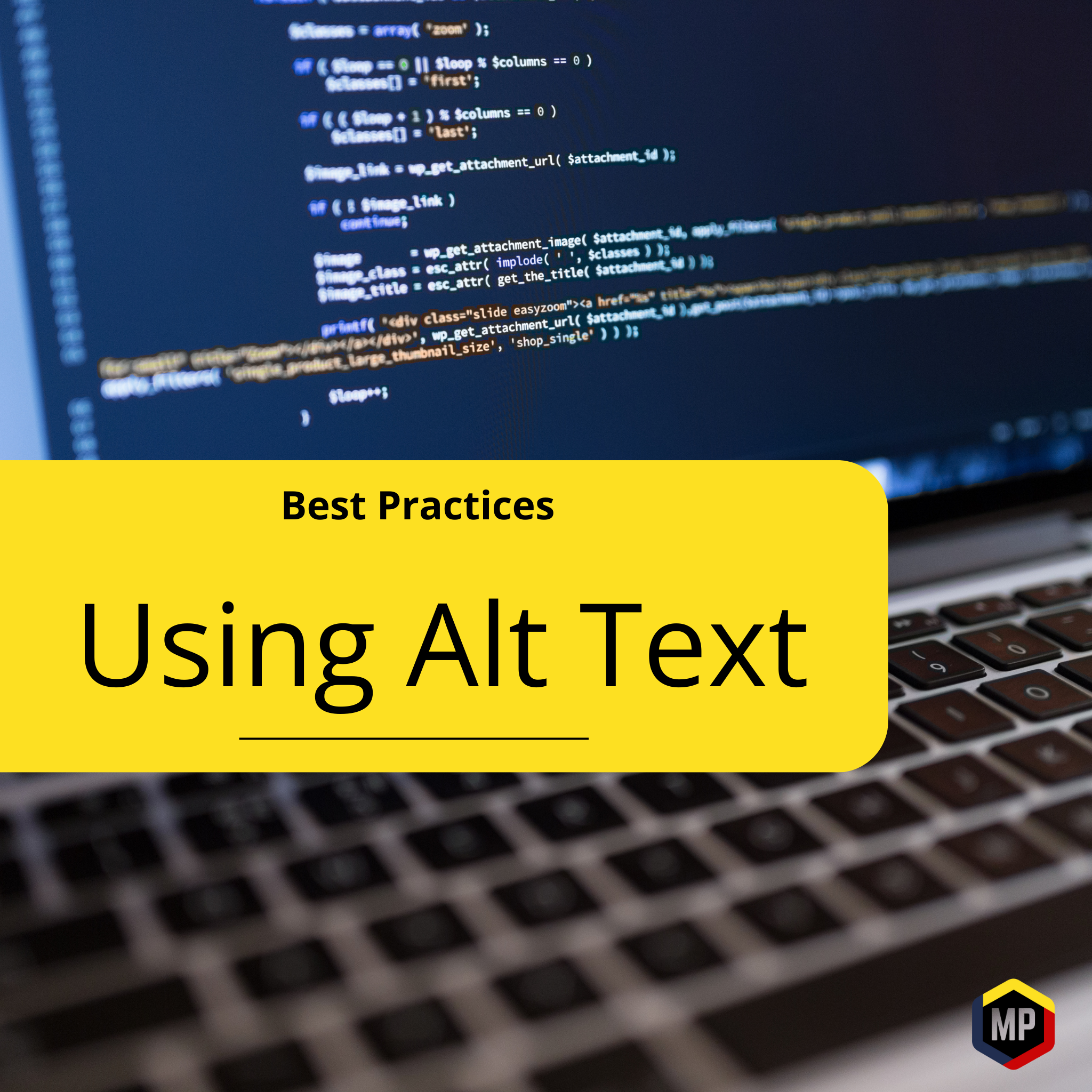Understanding Alt Text: Best Practices for Accessibility in Images
In today’s digitally driven world, images play a pivotal role in content creation, enhancing user experiences and conveying information. However, for individuals with visual impairments or those using screen readers, images alone cannot convey the complete message. This is where “alt text” steps in as a vital accessibility feature.
What Is Alt Text?
Alt text, short for alternative text, is a brief and descriptive attribute added to an HTML image tag. Its primary purpose is to provide a textual description of images, enabling assistive technologies like screen readers to convey the content of images to users who cannot see them.
Importance of Alt Text:
Accessibility: Alt text ensures inclusivity, allowing visually impaired users to comprehend the content.
SEO Benefits: Search engines use alt text to understand and index images, contributing to better search rankings.
Best Practices for Writing Alt Text:
Be Descriptive, Concise, and Accurate:
- Describe the image accurately and succinctly, conveying its purpose or content.
- Include essential details but avoid unnecessary information.
Context is Key:
- Consider the context of the image within the content. What information does it add?
Use Keywords Wisely:
- Incorporate relevant keywords naturally within the alt text, but avoid keyword stuffing.
Avoid Redundancy:
- If an image’s content is already described in nearby text, the alt text can be more concise or even empty (alt=””).
Decorative Images:
- For purely decorative images, use empty alt text (alt=””) to indicate their non-essential nature.
How to Implement Alt Text:
- HTML: Use the
altattribute within the<img>tag:<img src="image.jpg" alt="Description of the image">. - Content Management Systems (CMS): Most CMS platforms offer fields to input alt text when uploading images.
- WordPress: Insert alt text through the media library or directly within the image block.

Final Thoughts:
Alt text is a key aspect of web accessibility, ensuring that everyone, regardless of abilities, can access and understand online content. Following best practices and implementing descriptive alt text, we create a more inclusive online environment where information is available to all.
Remember, while alt text enhances accessibility, its effectiveness lies in the balance between accuracy, relevance, and brevity. Striking this balance ensures that images contribute meaningfully to the overall content accessibility without overwhelming or misleading users relying on assistive technologies.



